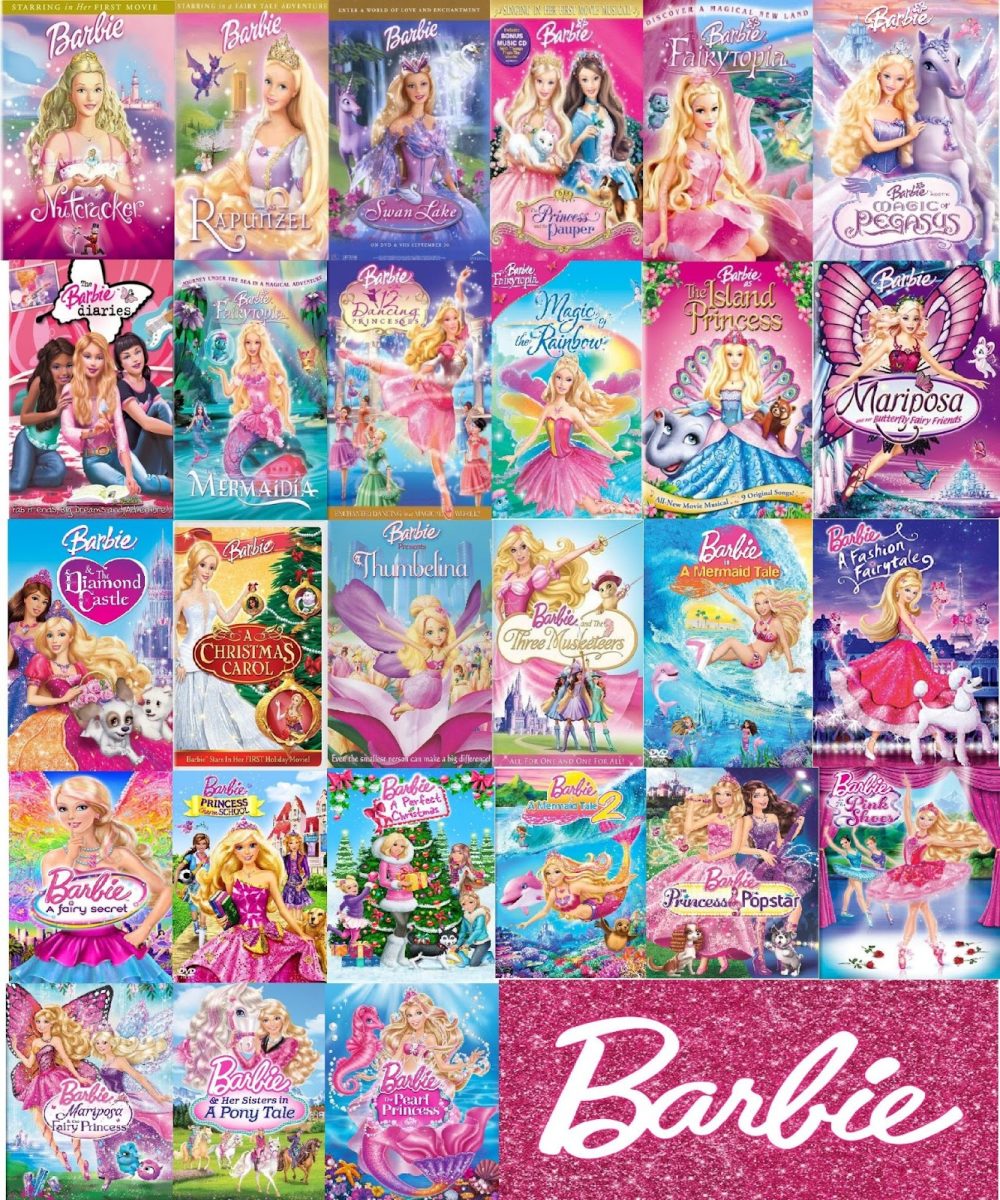The famous song “Jingle Bells” is sung worldwide, but it wasn’t until people started uncovering the darker side of the beautiful Christmas carol that they began to question whether “Jingle Bells” is truly family-friendly or if it’s been misrepresented by mankind for years.

James Pierpont, an American composer, songwriter, arranger, organist, composer, pastor and a confederate state soldier. Pierpont is best known for writing and composing the famous song “Jingle Bells.” He was born April 25, 1822, in Boston, Massachusetts, and died in Winter Haven, Florida. His song “Jingle Bells” became synonymous with Christmas and is one of the most recognizable songs in the world.
Here are some facts you may not know about Pierpont and his famous song.
1.) The original song wasn’t called “Jingle Bells”
“Jingle Bells” was originally titled “One Horse Open Sleigh.” It was composed by James Lord Pierpont in the mid-19th century. Pierpont wrote this festive tune for John Ordway, a prominent figure from Salem, Massachusetts. Ordway’s diverse career included roles as a physician, politician, music store owner, and minstrel show operator. “One Horse Open Sleigh” was later re-released as the more familiar “Jingle Bells” two years after its initial debut.
2.) Pierpont nearly didn’t get credit for the song
Performance records indicate that Ordway showcased the new song in the fall to Boston audiences. The song was originally credited to other musicians or simply attributed to a generic “composer.” It wasn’t until years later, after the song became more popular, that Pierpont’s role as the true author of the iconic holiday tune was firmly established.
3.) Pierpont was known to be a rebellious child
Pierpont’s background reveals a rebellious spirit. He experienced an adventurous and tumultuous childhood. At just 14 years old, he left home to join a whaling expedition in the Pacific Ocean, serving in the U.S. Navy until the age of 21. Upon returning home, he struggled to find his footing.
4.) “Jingle Bells” was risqué in its day
The song is naughtier than you might think. A relatively tame carol today, in its day Pierpont’s tune was the equivalent of a Beach Boy’s song about fast cars, pretty girls, and sneaking off to be together in private. Not to mention that a sleigh was one of the few places where a boy and girl could be alone and unsupervised. It might even be a drinking song, as Pierpont was also known to drink heavily.
The second verse is even more risqué than the first, describing a boy and girl sleighing together behind the fastest horse they could find, with the lyric:
Now the ground is white
Go it while you’re young,
Take the girls to night
And sing this sleighing song
5.) “Jingle Bells” wasn’t meant to be a Christmas song
Pierpont’s “Jingle Bells” was not originally conceived as a Christmas song. Pierpont intended the song to commemorate activities related to winter rather than a specific holiday, such as Christmas. The lyrics do not reference Christmas, and some records suggest that it was initially performed during Thanksgiving celebrations. Ordway showcased the song in Boston during the autumn season, and there are accounts of Pierpont performing it at a Thanksgiving concert for his church. Despite this, as its popularity grew, audiences began to associate the tune with the Christmas season, which has led to its classification as a Christmas song ever since.
6.) The Origin Controversy
An ongoing debate surrounds the true origins of “Jingle Bells.” There is a strong belief that the song was inspired by the sleighing races that took place in Medford, Massachusetts, where young people would compete in sleigh rides. On the other hand, those from Georgia argue that since the song was released in 1857, after Pierpont relocated south, it must have been written in Georgia. This raises the possibility that parts of the song could have been written in both locations. Unfortunately, the answer to this question likely passed away with Pierpont in 1893.
7.) Pierpont had “gold fever”
Before firmly establishing himself as a church organist, music teacher, and songwriter, Pierpont ventured into the California gold rush. Like many individuals from New England at the time, he sought his fortune in the gold mines. Leaving his wife and children behind in Massachusetts, he moved to California in 1849, where he initially worked, providing portraits to eager gold-seekers. However, his dreams of wealth evaporated when he lost everything in a fire in May 1851. This experience later inspired his song, “The Returned Californian,” which recounts the tale of a young man who is lured by the promise of riches in California’s gold mines, only to return home broke.
8.) Pierpont supported the Confederacy in the Civil War
Pierpont supported the South during the Civil War. On the other hand, Pierpont’s brother John was a Unitarian minister who actively supported the abolitionist cause.
In the 1850s John went to Savannah, GA., to preach at a Unitarian Church. James Lord Pierpont soon followed him and took the post of musical director for the church. But John’s anti-slavery views were not popular. As conflict toward his church heated up, John left Georgia to return to the North. James, however, stayed on.
So when war broke out, Pierpont sided with the South (while his brother supported the North). James served as a company clerk in a volunteer unit, and he wrote several songs popular among Confederate soldiers, including “Strike for the South” and “We Conquer or Die.”
9.) James Lord Pierpont and “Nettie Moore”
James Lord Pierpont is probably best known for his music from the 19th century, including the song “Gentle Nettie Moore.” This song tells the story of a man who mourns the loss of a girl he loved, who was sadly sold into slavery. The themes of longing and loss in Pierpont’s song reflect the harsh reality of slavery in the United States. In 2006, the famous musician Bob Dylan brought new attention to Pierpont’s song by creating his own version called “Nettie Moore.” Dylan’s version keeps the emotional depth of Pierpont’s original, showing how the struggles and pain from slavery continue to inspire artists today. The connection between the two songs highlights how themes of love, loss, and the lasting impact of slavery have shaped American history and music.

10.) Pierpont had a famous nephew
James Lord Pierpont is notably the uncle of J.P. Morgan. This family connection shows an interesting contrast between Pierpont’s cultural contributions and Morgan’s powerful role as a leading financier during the Gilded Age. Even though their public personas were very different—Pierpont being associated with holiday cheer and Morgan with the seriousness of Wall Street—their relationship highlights some fascinating dynamics in American society and culture, especially when it comes to the development of Christmas traditions.
Works Cited:
- Byrne, K. (2023, December 15). Meet the American who wrote “Jingle Bells,” James Lord Pierpont, dashing dreamer and scandalous rebel. Fox News. https://www.foxnews.com/lifestyle/meet-american-wrote-jingle-bells-james-lord-pierpont-dashing-dreamer-scandalous-rebel
- J.S. Pierpont | Songwriters Hall of Fame. (1822). https://www.songhall.org/profile/JS_Pierpont
- Antiquesadmin, & Antiquesadmin. (2017, December 7). Morgan the Collector. Antiques And The Arts Weekly –. https://www.antiquesandthearts.com/morgan-the-collector/






















